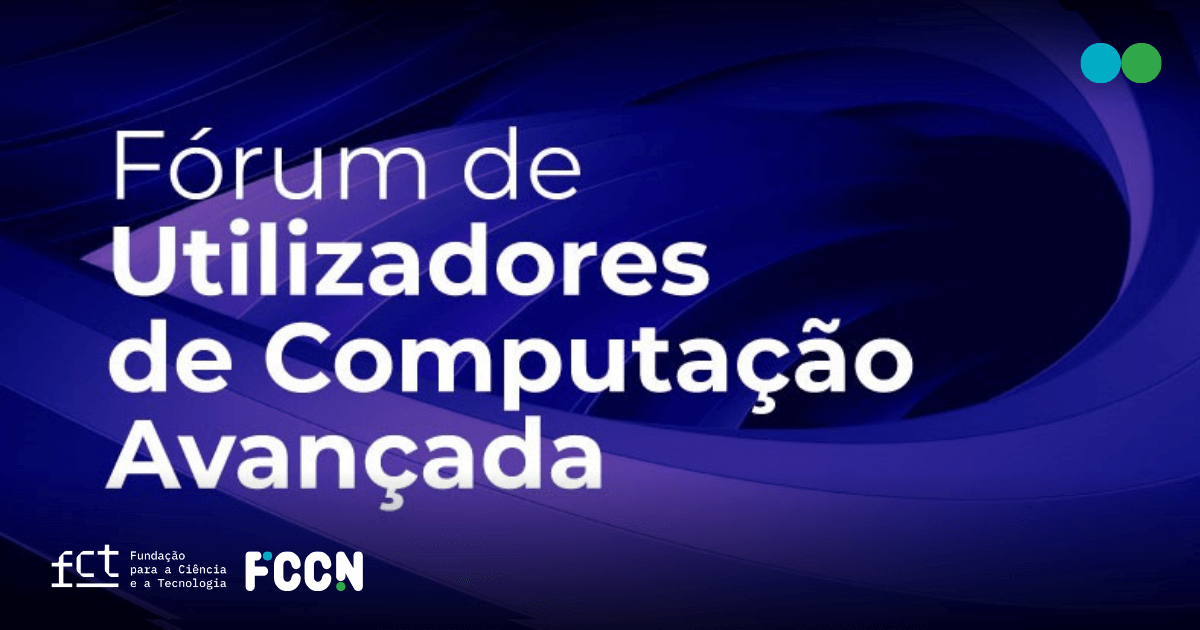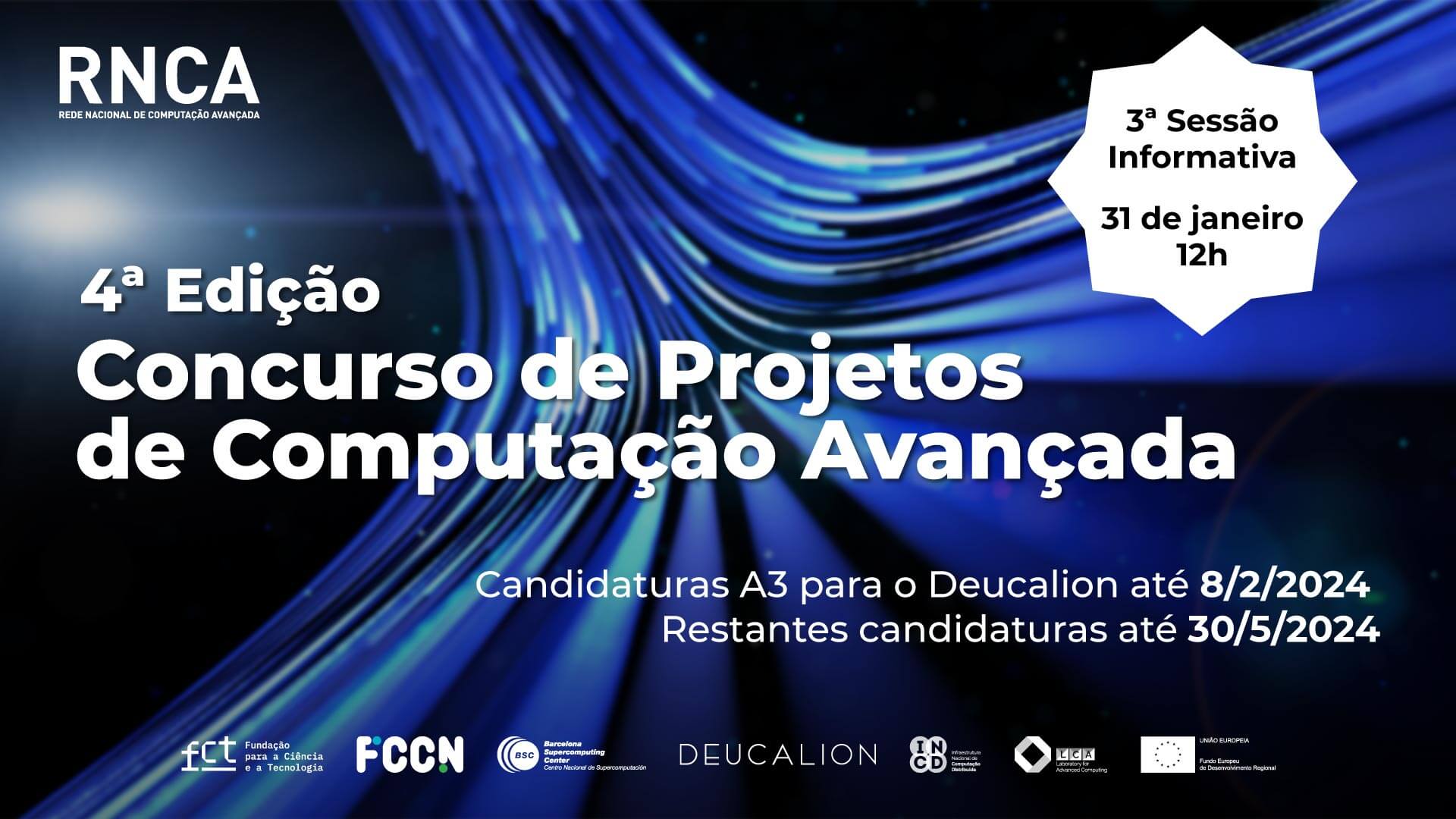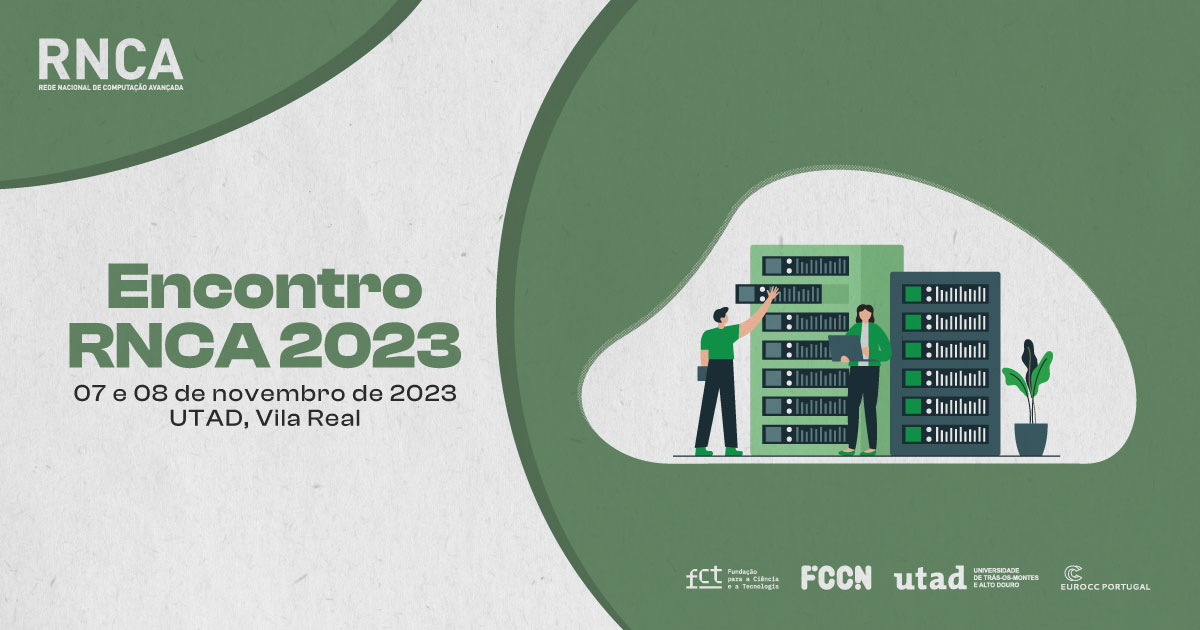O Vogal do Conselho Diretivo do IPDJ – Instituto Português do Desporto e Juventude, Carlos Manuel Pereira, explica os benefícios da adesão ao acordo-quadro OCRE: “Acreditamos que a parceria entre a FCCN e o IPDJ ilustra bem o benefício que pode advir do trabalho colaborativo entre organismos públicos, na perspetiva da melhoria da prestação do serviço dirigido aos cidadãos”.
Como surgiu a oportunidade de o IPDJ recorrer às soluções do acordo-quadro OCRE?
A adesão ao acordo-quadro OCRE resultou de uma auscultação efetuada pela Secretaria-Geral da Presidência de Conselho de Ministros por ocasião da constituição do acordo-quadro no âmbito do GEANT.
Tendo o Instituto Português do Desporto e Juventude a consciência da necessidade de modernizar a sua infraestrutura tecnológica e que a tendência apontava para a adoção de soluções em cloud pública, encarámos desde o início como uma opção com muito potencial face aos cenários alternativos como, por exemplo, a requalificação do data center que possuíamos nas nossas instalações.
Tivemos a clara perceção de que devíamos optar por uma solução cloud e que a adesão a um procedimento centralizado de compras como o OCRE, com dimensão europeia e acompanhado por especialistas com grande competência tecnológica, como é o caso da equipa da FCCN, nos poderia ajudar nesse desafiante caminho.
Qual a importância que atribuem a esta possibilidade?
A adesão ao acordo-quadro OCRE foi determinante para a concretização do projeto de transformação digital do IPDJ no que diz respeito ao prazo de implementação, qualidade e custo global. Desde logo, a melhoria da infraestrutura de comunicações resultou numa grande velocidade de tráfego, essencial à fase de migração da infraestrutura para cloud e que permite aos cerca de 400 trabalhadores, distribuídos por 25 locais distintos no país, acederem às aplicações e comunicarem de forma eficaz e célere. Permitiu-nos ainda aceder a um conjunto de aplicações de grande utilidade como o Colibri, o Educast, a b-on, a Plataforma NAU, o Filesender, o eduroam e o RCTS Certificados.
Que diferença efetiva têm estas soluções desempenhado no trabalho do IPDJ?
Tendo como missão a execução das políticas públicas de desporto e de juventude, boa parte do público-alvo do IPDJ faz parte do ensino superior, quer seja na condição de alunos, docentes ou investigadores, pelo que consideramos determinante a disponibilização de serviços digitais integrados, seguros e com condições para evoluírem face à acelerada e constante inovação que assistimos no domínio das tecnologias de informação e comunicação.
Atualmente, temos a perceção que o IPDJ, com o impulso da FCCN, deu um grande salto tecnológico e que se encontra a um nível de excelência no contexto da Administração Pública.
Como avaliam o papel desempenhado pela FCCN neste processo?
A FCCN assumiu desde o início a postura de uma entidade da Administração Pública de vanguarda no que diz respeito às tecnologias de informação e comunicação, disponível para partilhar os seus recursos com outros organismos e com capacidade para transmitir conhecimento e soluções de elevada qualidade no contexto nacional e internacional. Importa sublinhar que, para além das soluções tecnológicas, a FCCN sempre demonstrou uma grande abertura para apoiar tecnicamente os trabalhadores do IPDJ ao longo de todo o processo de transformação digital.
Há alguma coisa que queira acrescentar?
Acreditamos que a parceria entre a FCCN e o IPDJ ilustra bem o benefício que pode advir do trabalho colaborativo entre organismos públicos, na perspetiva da melhoria da prestação do serviço dirigido aos cidadãos, na aceleração da inovação e na racionalização da utilização dos recursos públicos, proporcionando serviços de grande qualidade com um custo mais reduzido. Desejamos que a nossa experiência e atividade possa também contribuir para o sucesso da missão da FCCN.












